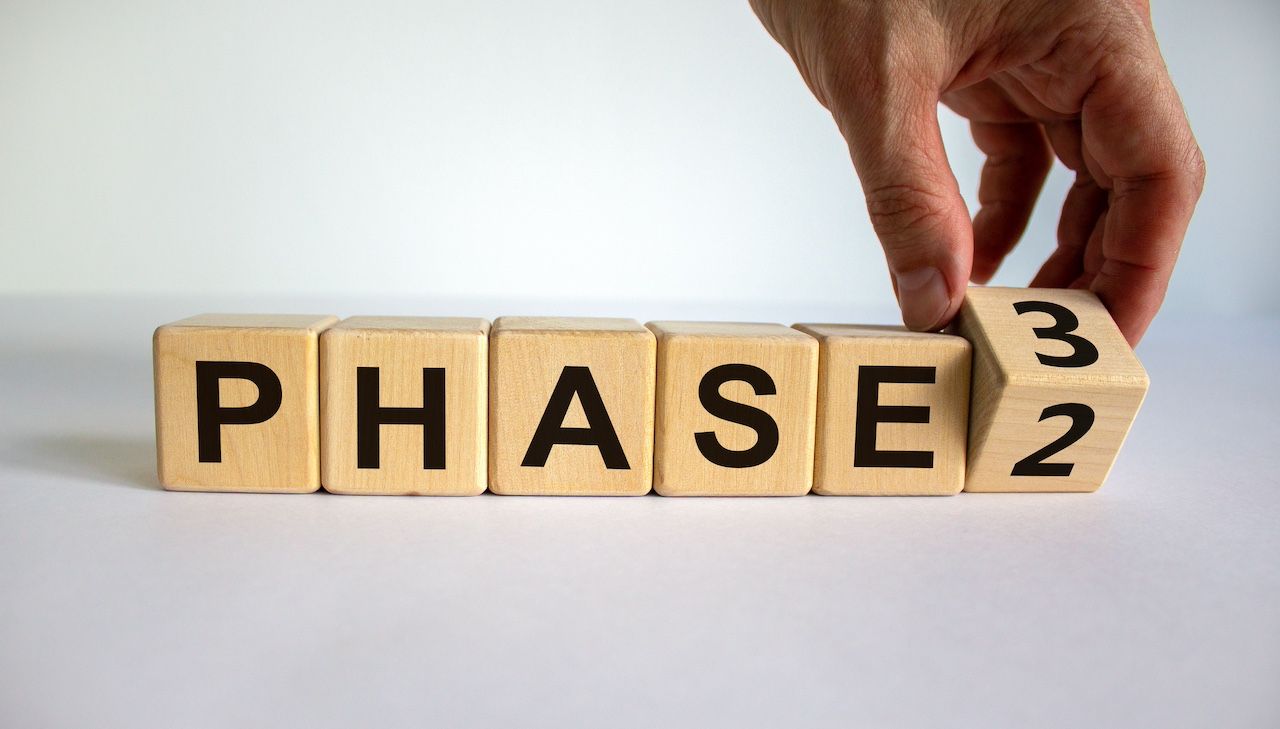- Center on Health Equity & Access
- Clinical
- Health Care Cost
- Health Care Delivery
- Insurance
- Policy
- Technology
- Value-Based Care
Phase 3 Trial Will Assess Whether Humanized mAb Addresses Patient Needs in MG
Dubbed the FLEX trial, the study will explore whether batoclimab will address important patient needs throughout different phases of the myasthenia gravis (MG).
Researchers are initiating a phase 3 trial to determine if a fully human monoclonal antibody is a viable treatment option for patients with general myasthenia gravis, a disease that poses a physical and emotional burden on patients. The study, say the researchers, will offer important guidance for providers to optimally manage MG, which fluctuates over time.
Time for phase 3 trial
Image credit: Dzmitry - stock.adobe.com

Dubbed the FLEX trial, the study will explore whether batoclimab will address important patient needs throughout different phases of the disease, including reducing symptoms during flares, preventing myasthenic exacerbation/crisis, and maintaining remission. The 4-part phase 3 study will randomize 3 groups of patients to receive 1 of 2 doses of batoclimab or placebo. The researchers described the study protocol and goals in an article published in BMJ Neurology Open.
“The ideal treatment strategy for MG would generate a rapid clinical response that can be maintained over time, while balancing the possibility for side effects as well as the cost and potential inconvenience of parenteral therapy,” described the group. “This may be best achieved with an induction-maintenance approach. In contrast to single-maintenance or cyclical approaches in which patients consistently receive the same dose with each administration, an induction-maintenance strategy comprises a high-potency therapy to rapidly reduce disease manifestations, followed by another, typically less-intensive regimen in which the lowest effective dose is used to maintain the remission of symptoms and disease control.”
Batoclimab, which works by inhibiting the neonatal fragment crystallizable receptor (FcRn), has shown promise in earlier phase trials. Data from phase 2 trials of the treatment show that both subcutaneous doses of 680 mg and 340 mg were well tolerated among patients and yielded positive clinical findings.
In this latest trial, findings will offer insights on a larger array of patients receiving the treatment for a longer period of time. Patients will initially receive either 1 of the 2 batoclimab doses or placebo once a week for 12 weeks. During this induction phase of the trial, the researchers will assess if the monoclonal antibody is able to improve symptoms according to the Myasthenia Gravis Activities of Daily Living Score—the study’s primary end point
During the second phase of the study, patients who achieved an improvement of at least 2 points on initial batoclimab treatment will be rerandomized (randomized withdrawal population) to receive the treatment at a dose of 340 mg once a week or every other week, or receive placebo, for another 12 weeks. Patients who achieve less than a 2-point improvement will switch to blinded placebo treatment. Throughout this study phase, the researchers will assess whether patients maintain these symptom improvements.
“In addition to investigating the efficacy of different maintenance doses of batoclimab, results from the randomized withdrawal population are also expected to provide insight on the durability of the induction effect in the absence of adequate maintenance treatment,” wrote the researchers. “Phase 3 evidence from another FcRn inhibitor, efgartigimod, suggests a short hysteresis loop between IgG [immunoglobulin G] suppression and clinical response, with an estimated lag time of approximately 1 week. Assuming a similar effect will occur with batoclimab (although this has yet to be confirmed), patients in the randomized withdrawal population are expected to lose any clinical benefits gained during the induction period by the end of the maintenance period if on placebo or an inadequate maintenance dose.”
This finding, explained the researchers, would suggest use of chronic dosing rather than cyclic or intermittent dosing.
During the final 2 parts of the study—52 weeks—all patients will receive batoclimab at a dose of 340 mg. Throughout this observation time, the researchers will assess whether long-term symptom control occurs.
Reference:
Benetar M, Weindl H, Nowak R, Zheng Y, Macias W. Batoclimab as induction and maintenance therapy in patients with myasthenia gravis: rationale and study design of a phase 3 clinical trial. BMJ Neurol Open. 2024;6(1):e000536. doi:10.1136/bmjno-2023-000536
